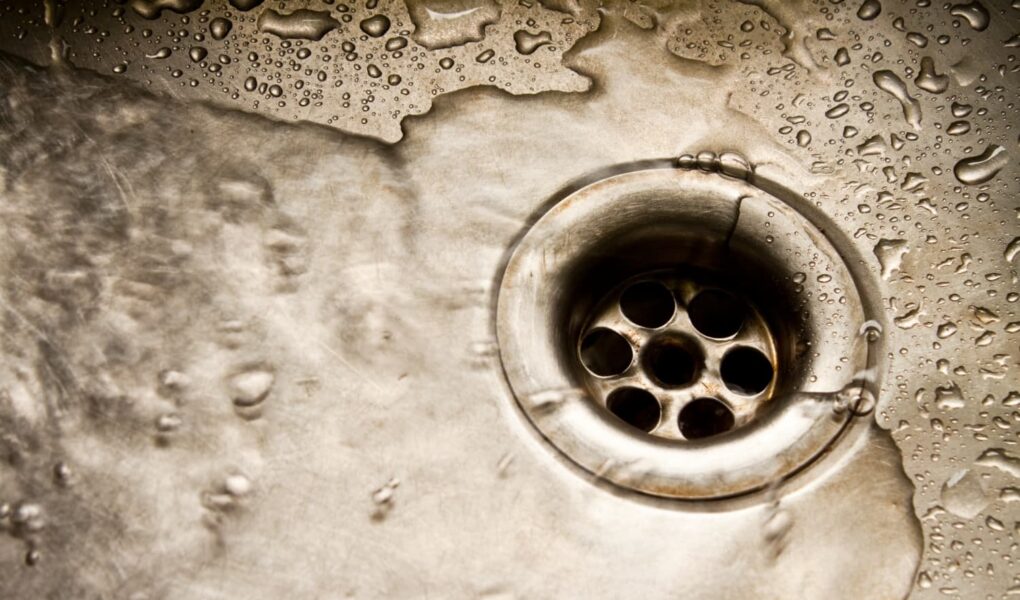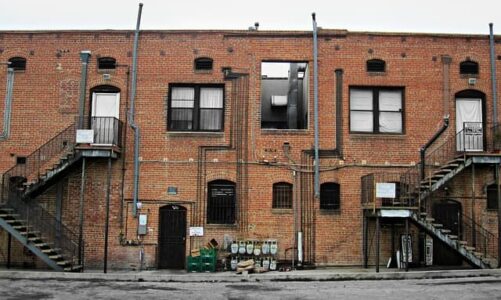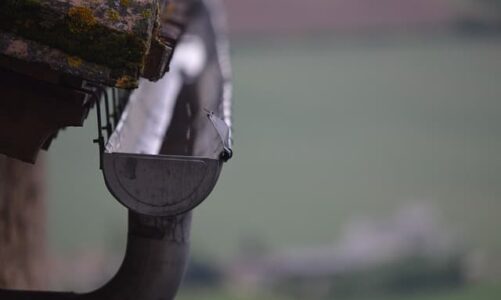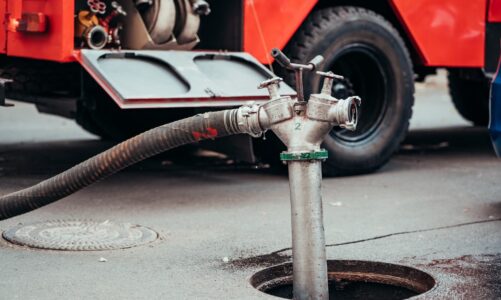Water is essential for life, but it can also be a persistent and unwanted guest in your home. When it refuses to flow away as it should, it’s a clear sign of drainage problems. If you’ve ever experienced a flooded basement, a waterlogged yard, or a slow-draining sink, you know how frustrating and damaging poor drainage can be. In this guide, we’ll take a deep dive into detecting and fixing drainage problems, whether you’re a DIY enthusiast or considering professional help.
Signs of a Drainage Problem
Before we jump into the solutions, let’s identify the signs that your property may be suffering from drainage issues. Recognizing these early warning signals can save you from more significant headaches down the line.
Puddles and Standing Water
The most obvious sign is puddles or standing water that won’t disappear. If your yard resembles a small lake after a rain shower, it’s time to investigate.
Slow-Draining Fixtures
A slow-draining sink, shower, or bathtub is a common indicator of internal drainage problems. It’s not just annoying; it can also lead to more extensive plumbing issues.
Damp Basements or Crawl Spaces
If you notice dampness or water seepage in your basement or crawl space, it’s a red flag. Ignoring it can lead to structural damage and mold growth.
Erosion and Soil Shifts
Keep an eye on your landscape. If you see soil erosion, gullies forming, or the ground shifting, drainage problems might be at play.
The Causes of Drainage Problems
Understanding the root causes of poor drainage is crucial for effective problem-solving. Here are some common culprits:
- Clogged Drains and Gutters
Debris can accumulate in drains and gutters, hindering water flow. Regular maintenance is key to preventing blockages.
- Inadequate Sloping
Improper grading or sloping around your property can lead to water pooling in unwanted areas. Proper grading can help water flow away naturally.
- Soil Composition
Clay soils are notorious for poor drainage. Understanding your soil type can guide your solutions.
- Tree Roots
Invasive tree roots can damage underground pipes and disrupt drainage systems.
DIY vs. Professional Help
Now that you’ve identified the problem, you have a choice to make – should you take matters into your own hands or seek professional assistance?
DIY Enthusiasts
If you enjoy tackling home improvement projects, many drainage issues can be resolved with DIY solutions. We’ll guide you through the process and provide tips for success.
When to Call in the Pros
In some cases, professional intervention is necessary, especially for complex problems or when damage is extensive. We’ll help you determine when it’s time to bring in the experts.
Tools and Equipment You’ll Need
Before we get started, let’s make sure you have the necessary tools for the job. Having the right equipment on hand can make a significant difference in your success.
- Shovel – A sturdy shovel is essential for digging and shaping your landscape.
- Drain Snakes – For clearing clogs in drains, drain snakes are invaluable.
- Level – You’ll need a level to ensure proper grading of your landscape.
- PVC Pipe and Connectors – These materials will be vital for redirecting water and creating effective drainage systems.
Step-by-Step Guide to Detecting Drainage Problems
Now, let’s roll up our sleeves and get to work. We’ll take you through the process of detecting and addressing drainage issues step by step.
- Survey Your Property
Start by examining your property. Note areas with standing water, slow drainage, or signs of erosion.
- Clean Drains and Gutters
Remove debris from drains and gutters to ensure proper water flow.
- Check for Leaks
Inspect your plumbing for leaks or damaged pipes, especially in damp areas like basements.
- Test Your Soil
Determine your soil type and assess its drainage capabilities.
- Identify Problem Areas
Pinpoint the specific areas where drainage is a problem. This will help you focus your efforts.
- Grading and Sloping
If inadequate grading is the issue, consider regrading and sloping the landscape to redirect water away from problem areas.
- Clear Tree Roots
If tree roots are the culprits, you may need to remove or reroute them.
Common DIY Solutions
For those who prefer a hands-on approach, here are some common DIY solutions to tackle drainage problems.
French Drains
Learn how to install a French drain to redirect water away from your property.
Dry Wells
Discover how dry wells can help you manage excess water effectively.
Rain Barrels
Consider collecting rainwater for irrigation and drainage control.
When to Call in the Pros
Sometimes, it’s best to leave it to the experts. Here’s when you should consider professional help.
Extensive Damage
If the damage is extensive or your property is at risk, consult a professional.
Complex Solutions
For complex drainage systems or major landscaping changes, professionals have the expertise.
Fixing the Drainage Problem
Now that you’ve detected the problem and decided on a DIY or professional approach, it’s time to take action.
The Role of Proper Drainage Systems
Discover how proper drainage systems can be a long-term solution to your problems.
DIY Drainage Solutions
Explore easy-to-follow DIY techniques to improve your drainage.
Professional Drainage Solutions
Learn what professionals can do to address your drainage issues effectively.
Maintaining Good Drainage
Once you’ve solved your drainage problems, it’s vital to keep things running smoothly.
Seasonal Drainage Maintenance
Stay ahead of potential issues with a seasonal checklist for drainage maintenance.
Preventive Measures
Take preventive steps to avoid drainage problems in the future.
Conclusion
In the battle against water that won’t go where it should, you now have the tools and knowledge to emerge victorious. Whether you’re a DIY enthusiast or prefer professional help, the key is early detection and swift action. So, don’t let drainage problems dampen your spirits; take control and let the water flow where it belongs.



